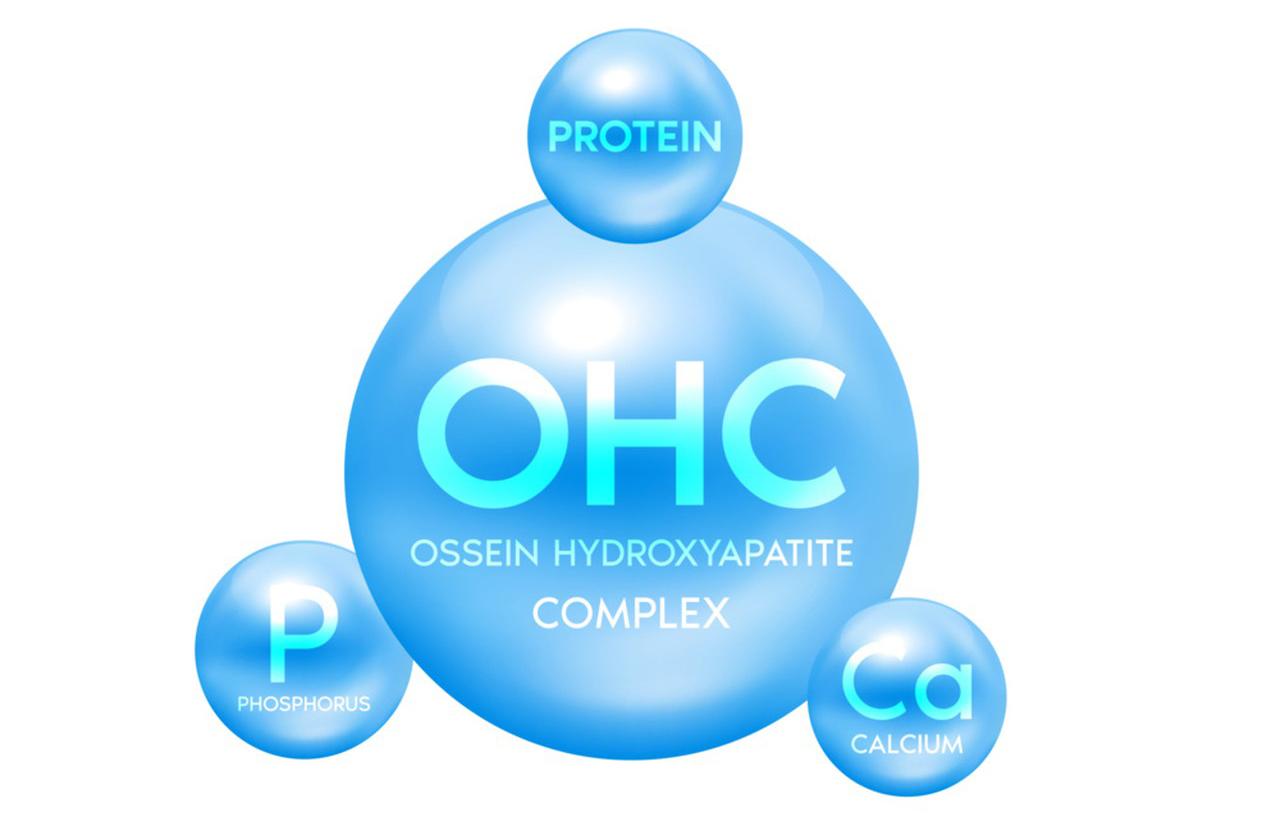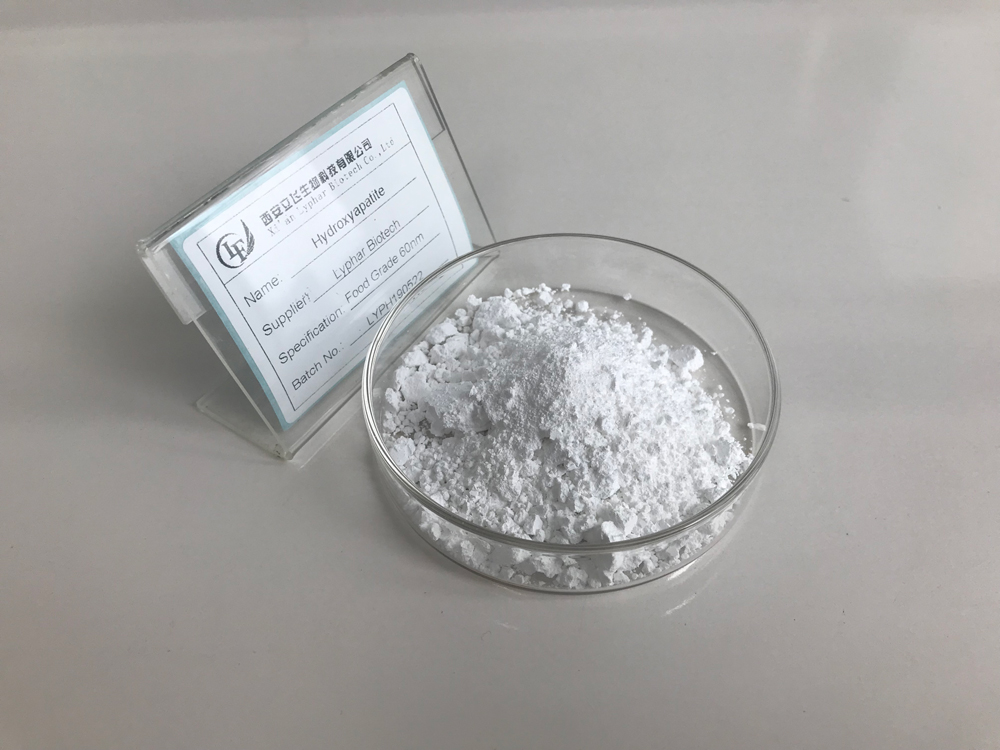Hydroxyapatite is a naturally occurring mineral form of calcium apatite, with the formula Ca₅(PO₄)₃OH. It is the main component of tooth enamel and bone in vertebrates. Here is a comprehensive overview of hydroxyapatite:
1.Chemical Composition: Hydroxyapatite belongs to the family of calcium apatites, and its chemical formula reflects its composition, including calcium (Ca), phosphorus (P), and hydroxyl (OH) ions.
2.Structure: The crystal structure of hydroxyapatite is hexagonal. The arrangement of calcium, phosphorus, and hydroxyl ions gives hydroxyapatite its unique properties, making it a vital component of hard tissues in the human body.
3.Biological Importance: Hydroxyapatite is a crucial component of bones and teeth. It provides strength and rigidity to these tissues, contributing to their mechanical properties.

4.Synthesis and Production: Hydroxyapatite can be synthesized in the laboratory for various applications, including biomaterials, dental implants, and medical coatings. Different methods, such as precipitation, sol-gel, and hydrothermal processes, can be employed for synthesis.
5.Medical Applications:
Dental Implants: Hydroxyapatite coatings on dental implants enhance osseointegration, promoting the bonding of the implant with the surrounding bone.
Bone Grafts: Hydroxyapatite-based materials are used in bone grafts and tissue engineering to repair and regenerate bone.
6.Biocompatibility: Hydroxyapatite is known for its biocompatibility, meaning it is well-tolerated by the human body. This makes it suitable for various medical applications.
7.Research in Dentistry: Researchers are exploring hydroxyapatite-based materials for remineralization of tooth enamel and the prevention of tooth decay.
8.Drug Delivery: Hydroxyapatite nanoparticles are being investigated for drug delivery systems due to their biocompatibility and ability to encapsulate and release pharmaceutical agents.
9.Environmental Applications: Hydroxyapatite has been studied for its potential use in environmental applications, such as wastewater treatment and removal of heavy metals from water.
10.Nanotechnology: Nano-sized hydroxyapatite particles are of interest in nanotechnology for their unique properties and potential applications in various fields.

11.Characterization Techniques: Researchers use various techniques, including X-ray diffraction, scanning electron microscopy, and Fourier-transform infrared spectroscopy, to characterize the structure and properties of hydroxyapatite.
12.Challenges and Considerations: Despite its many advantages, challenges such as brittleness and potential for degradation in certain conditions need to be addressed, especially in the context of biomedical applications.
Hydroxyapatite continues to be a subject of extensive research and exploration, with ongoing efforts to understand its properties, improve synthesis methods, and expand its applications in medicine and materials science.
